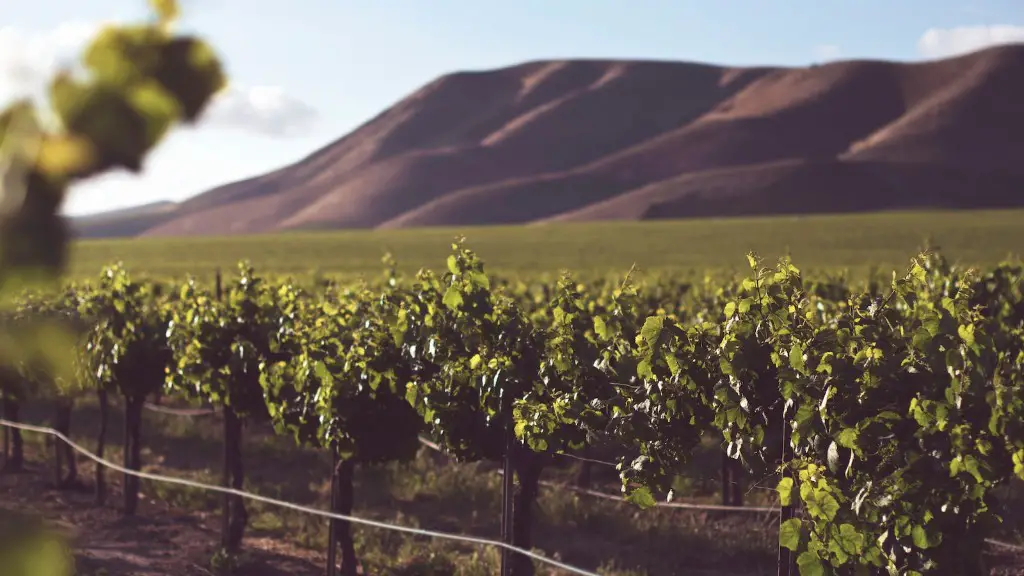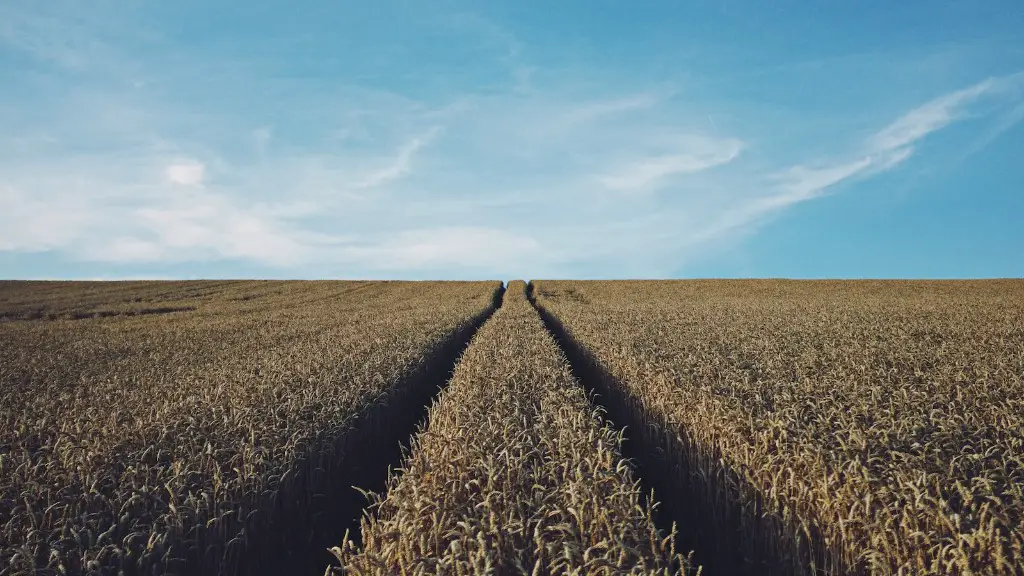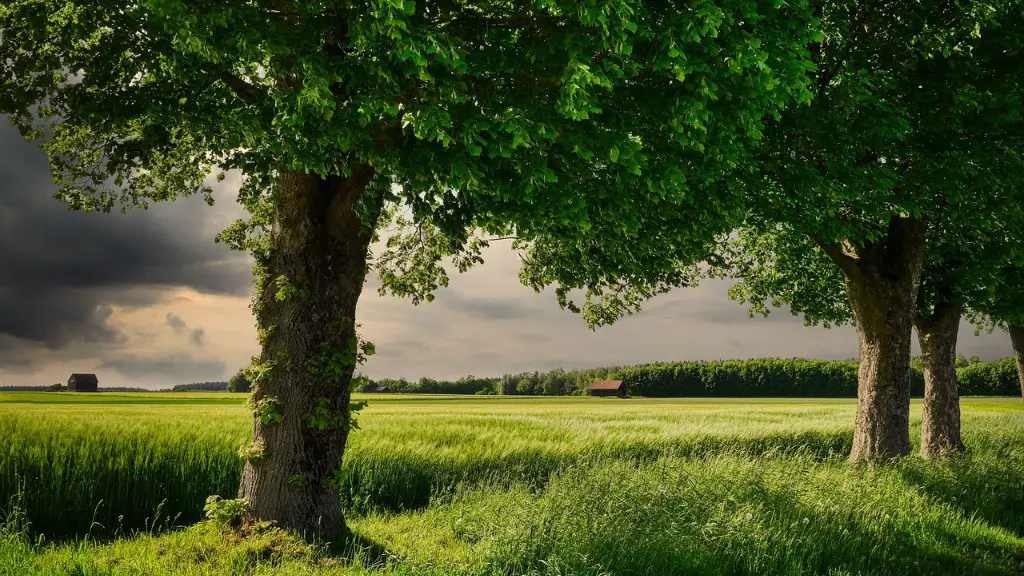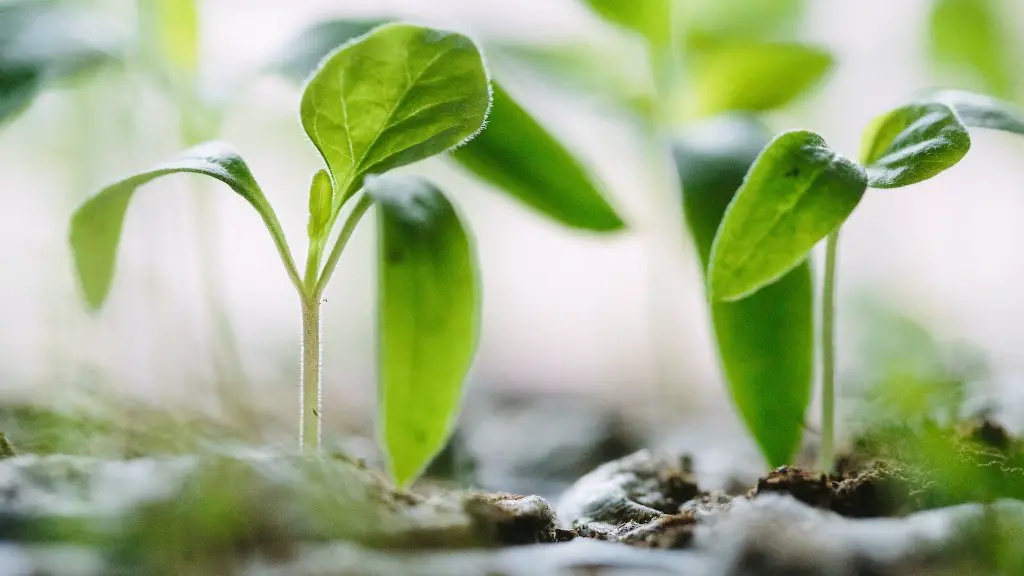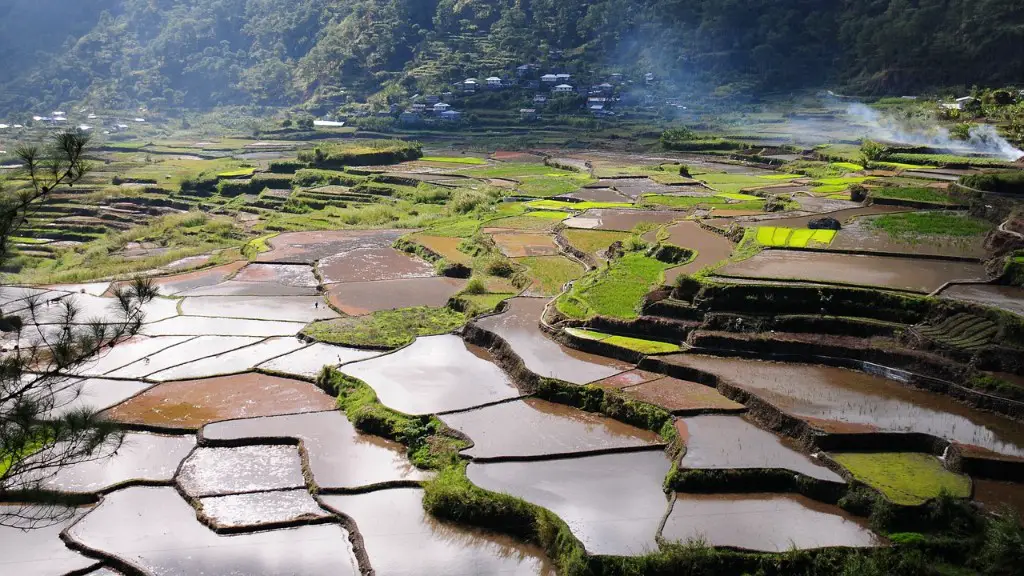Water is an essential resource in agriculture. It is used for irrigation, fertilizing, frost protection and other agriculture-related activities. To understand how water is used in agriculture, it’s important to understand the different ways in which it’s harvested and delivered.
Rainwater harvesting is an ancient practice. It involves collecting and storing runoff from rainfall in a variety of containers, such as dams, catchment pools and ponds. This water is then used for agricultural purposes, such as irrigation and fertilization. This kind of water harvesting helps prevent soil erosion and water loss due to evaporation.
Groundwater is another big contributor to agriculture. Groundwater is stored in regions known as aquifers and can be tapped using wells and pumps. This type of water is often used to irrigate crops because it is easily accessible and affordable. It also helps to maintain a steady water supply for long periods of time, even during droughts.
The use of canal irrigation is also popular for agricultural water use. Canals are constructed to convey water from one area to another. This type of irrigation has been used in arid parts of the world since ancient times to make land suitable for crop cultivation.
Sprinkler irrigation is an advanced form of irrigation. Sprinklers are used to spray water onto the crops in order to evenly distribute it. This type of irrigation is more efficient than traditional methods because it is more accurately aimed and can reach larger areas.
Finally, drip irrigation is becoming increasingly popular for agricultural water use. Drip irrigation delivers small amounts of water directly to the base of the crop plants without the need for surface runoff. This type of irrigation is highly efficient and helps prevent water loss due to evaporation.
Uses of Water in Fertilization
Water is an important factor in fertilization. It is used to dissolve solids into liquid fertilizer, which can then be more easily applied to the ground. Water is also used to help prevent fertilizer runoff and to distribute it more evenly across the land. Water can also be used to buffer the fertilizer so that it doesn’t burn the plants.
In addition to dissolving fertilizers, water is also used to help achieve the optimal soil-water balance. This means that moisture is added to the soil to help prevent drought and promote healthy plant growth.
Proper watering also encourages beneficial fungi, microorganisms and other plant mechanisms that help crops thrive. These mechanisms help to break down compost and fertilizer, and provide additional nutrients to the soil.
Finally, water is a crucial part of integrated pest management, which involves regular monitoring and application of pesticide sprays to crops. This helps to ensure that pests remain at manageable levels and don’t overwhelm a crop.
Uses of Water in Irrigation Systems
Irrigation systems are used to bring water to crops in order to help them grow. They can take a variety of forms, such as drip irrigation, sprinkler irrigation, flood irrigation and furrow irrigation. The type of system used depends on the crop and the amount of available water.
Drip irrigation is a technique that delivers water directly to the root zone of a plant in small amounts. This method helps to prevent water loss due to evaporation, and is especially useful in arid regions.
Sprinkler irrigation uses a system of pipes, pumps and sprinklers to deliver water to the land. This method of irrigation helps to evenly distribute water and prevent water wastage.
Flood irrigation is when a large area of land is temporarily flooded to deliver water to the crops. This method can also help to replenish the soil, which provides additional nutrients to the plants.
Furrow irrigation involves running a line of shallow ditches across a field and filling them up with water. The water then slowly seeps into the soil and helps to ease water stress on the crops.
Uses of Water in Frost Protection
Frost protection is an important component of agricultural water use. It helps to prevent frost damage on crops.
Water is used to protect crops from frost damage in a variety of ways. The water can be sprayed onto the plant and soil to raise the temperature of the soil and keep the temperature from dropping below freezing. Water can also be used to protect against frost by reflecting the sun’s rays away from the crop and preventing the formation of an ice layer.
In some cases, water can also be used to physically move the crops away from areas of frost risk. This can be accomplished by using windbreaks or by creating depressions in the land, which can help to channel the cold air away from the crops.
Another useful method of frost protection is to cover the crops with burlap, which can trap heat radiating from the ground and keep the temperature in the area around the plant warmer.
Finally, farmers can also use a wetting agent to help protect their crops from frost. This type of substance helps water to stick to the plant and keep the temperature at a safe level.
Uses of Water in Livestock Care
Water is essential for many aspects of livestock care. It is used for drinking, bathing, cooling and disease control.
Animals require a clean and consistent supply of water for drinking. It is also necessary for hygiene purposes, such as bathing and cooling. Water also helps to prevent the spread of diseases within livestock populations.
Some animals may also need additional water for supplemental factors, such as a pregnant cow or sheep. These types of animals may require extra water to keep them healthy.
Animals that are housed in barns or other enclosed spaces may also require additional water to keep the humidity levels at a comfortable level. This helps to prevent respiratory diseases in the animals.
Finally, some animals may also require saltwater to replenish electrolytes and help to regulate their body temperature.
Uses of Water in Crop Frost Protection
Crop frost protection is a key component of agricultural water use. It can involve a variety of methods, such as using windbreaks, encapsulating the crops in plastic and using water to create warmer temperatures in the area around the plants.
One of the most common ways to protect crops from frost is to use windbreaks. These are usually constructed of straw bales, chicken wire or other materials that can block the wind and create a protective layer over the crops.
Another common method of crop frost protection is to encapsulate the crops in plastic. This can help to keep the temperature in the area around the crops warmer and reduce frost damage.
Water can also be used to raise the temperature in the area around the crops and help to prevent frost. This is usually done by spraying the plants with water at night or by flooding the area around the crops.
Finally, farmers can also use wet foam insulation to help protect their crops from frost. This type of insulation is sprayed onto the crops and helps to keep the temperature warm.
Uses of Water in Plant Protection
Water is also used to protect plants from pests and diseases. Biological control methods, such as releasing predators or parasites, are sometimes used to keep pests in check.
In addition, water can be used to create a humid environment that is less hospitable to pests. This is especially important for controlling indoor pests, such as ants and mites.
Water can also be used to mechanically remove pests and diseases. Pesticide sprays are often sprayed onto the plants to kill off pests, and water sprayers can be used to help wash them away.
Finally, water can be used to flush out disease-causing organisms from the soil. This is usually done by applying waterlogged soil and/or compost, which helps to remove the pathogens from the soil.
Uses of Water in Soil Management
Water is an important part of managing the soil for healthy crop production. It helps to replenish nitrogen and other important nutrients in the soil, as well as helping to break down organic matter into more usable nutrients.
Water is also necessary for loosening up hard or clay-like soils. This helps to improve aeration and drainage, which can help improve plant health.
Water can also be used to kill weeds or other pest plants. This is accomplished by flooding the areas, which causes the plants to drown.
Finally, water can also be used to help balance the overall soil pH. This helps to ensure that the soil has the correct balance of minerals and nutrients.
